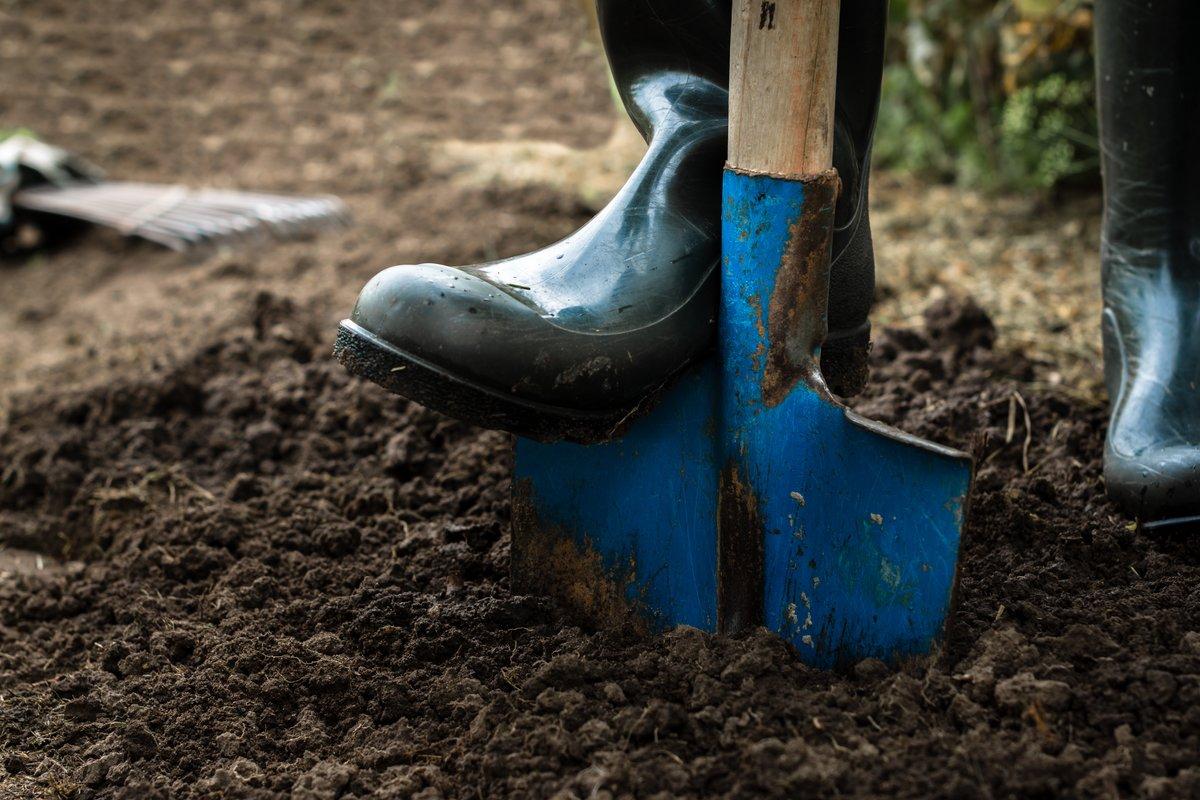Authors: Ben Allen, Kaley Hart, Anne Maréchal
Agriculture, like other land-using sectors, has a unique position in the EU’s efforts to address climate change. In addition to its potential to reduce greenhouse gas (GHG) emissions through more efficient and effective management of land, it also has the potential to increase removals of CO2 from the atmosphere by increasing the carbon sequestered in soils, trees, and other vegetation. The implications for agriculture of the UN COP21 Paris Climate Agreement are clear, as set out in this recent IEEP report: greater mitigation effort from the sector is becoming increasingly urgent.
To do so requires more emphasis on climate within the Common Agricultural Policy (CAP) as well as action to reduce the climate footprint of consumption patterns. Yet to date, the sector is far from reaching its climate mitigation potential, with Member States placing more emphasis on climate adaptation.
The reasons given for limited action on climate mitigation generally relate to concerns of the costs of the actions required and the impacts on the capacity of the sector to produce food. While these issues must be taken into account, they need not be a barrier to climate action. Recent research by IEEP demonstrated that a range of no- and low-cost mitigation actions show significant potential in enabling the agriculture sector to reduce its non-CO2 GHG emissions, some of which have little or no impact on production, can lead to efficiency gains, and can also deliver wider environmental co-benefits, such as improving water quality and the functioning of soil. These include actions such as the use of catch/cover crops, planting and preventing removal of farmland trees, optimising feeding strategies for livestock or using soil and nutrient management plans.
Many of these are straightforward to implement, but even where actions are more novel, involve higher initial costs and require greater exchange of knowledge, the majority can be supported through the CAP, should Member States choose to do so. However, our recent report on the consequences of climate change for EU agriculture for the European Parliament shows that to date Member States have not made the most of the climate opportunities provided by the CAP. The budget allocated to climate objectives and their associated targets is generally very low, a conclusion echoed in a recent European Court of Auditors report.
Whilst non-CO2 emissions in the sector are now lower than they were in 2005, reductions over the past decade have been more modest, and there have been increases in emissions since 2012. As declines in other sectors of the economy become more rapid, agriculture’s share of the EU’s overall emissions increases, placing more pressure on the sector to act. Furthermore, as other sectors reach the limit of their mitigation potentials, the competition for offsetting emissions against removals in the land using sectors will increase.
This raises a question about the proportion of these removals (for offsetting purposes) the agriculture sector will be able to access in future to offset its own emissions. This debate is a key focus of the political negotiations surrounding the proposed Effort Sharing Regulation (ESR) under which agriculture non-CO2 emissions are covered, and the proposed Land Use, Land Use Change and Forestry (LULUCF) Regulation in which agriculture CO2 emissions and removals are accounted.
There is therefore a pressing need for a longer-term strategic approach to defining the agriculture’s role in contributing to the EU’s climate ambition, making sure that policies like the CAP are designed in a way that enables that role to be realized, and taking action to make consumption patterns more sustainable, through tackling issues like food waste and the amount of animal proteins consumed. This and other questions are being explored through IEEP’s new visioning project for the European Climate Foundation on now to achieve net-zero emissions from the agriculture sector by 2050 as part of the goal to reach an 80% reduction in emissions for the economy as a whole. This will involve tackling some difficult questions and consider the roles of both supply and demand side measures as well as public and private instruments. However, through engaging with a wide range of public, private and third sector stakeholders, we hope that together we can find common ground that will enable a fundamental and long-lasting transformation of the sector towards a more resilient, sustainable and low carbon future.
More information on IEEPs work on climate and agriculture can be found here or contact Kaley Hart, Ben Allen, Anne Marechal, Anna Lóránt.


